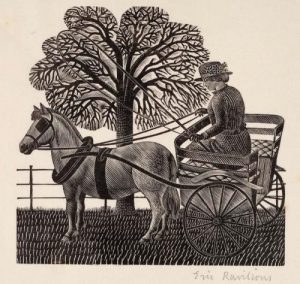If you’re chronically ill to the point of being disabled, you’re probably the sort of person that things happen to. This is something that insurance companies used to have data for, so nobody can tell me this category doesn’t exist. Besides, I think I am one!
Long story short…
Cashier’s checks can disappear into the void, but — if you know a little terminology — it’s possible to get them out again.
Note: this is based on the US system. The concepts broadly apply, but tend to be implemented differently elsewhere.
Lingo and key points are in bold.
When you get a cashier’s check, the money is taken out of your account and put into the bank’s GL, or General Ledger.
The GL is a kind of “sandbox” that they can use to move money through in a way that protects the cashflow, regardless of what else happens in your account. It’s strictly temporary and has to be zero’d out at the end of each day.
Whatever else you do, check 2 things on that cashier’s check:
- Who it’s made out to (get them to read it to you if necessary).
- How much it’s for.
If either is wrong, push it back across the counter and make them redo it immediately.
The cashier’s check is drawn on the bank’s own account. This is why the account number on the check is not one of yours. It’s also why they’re considered more usable than personal checks: banks are guaranteed to have that money in hand.
If you take that check to another bank to deposit it, hopefully it’ll be credited directly to your account.
If not, here are some clues to follow.
I’ve spoken to 8 or 10 bankers in the past 2 weeks, 4 of them managers/assistant managers. (I don’t know exactly how many people were in a couple of those rooms.) Only one of them could explain this to me. So, might want to take notes or print this out.
If a cashier’s check is negotiated (in this case, that means “marked up and legally received”) by a bank, and subsequently denied for any reason, it goes into a magical 3rd space that few people even know exists. This is where things get interesting.
If anyone tells you — as people have told me — that a problematic cashier’s check simply vanishes and you lose that money, they’re wrong. Don’t put up with that.
1. If the check was negotiated by the receiving (2nd) bank before being denied (this is rare, and requires at least three people to be asleep at the time!), then call the issuing (1st) bank and ask if it shows up in their system as having been cleared.
But wait! There’s more.
2. If it has been cleared, then next, the bankers need to look for what’s called a Fed adjustment. Naturally, the Feds keep a hand on the tiller of bank transactions. When a balance sheet is not right, they make a Fed adjustment — which does not show up in the usual account information, as seen by the front-line staff! — and gets parked in the 1st bank’s own accounts somewhere else.
PRO TIP: Try to get a trace number, or else (like someone sitting in my seat right now), you might wind up waiting still more days to track that money down definitively.
Information about a Fed adjustment is not available to the usual banking staff. Access to that info is available only to specialists, and it’s often contracted to a specialist 3rd party.
The bank’s Accounting department might have access if they know they’re looking for a Fed adjustment. The Operations department (if they have one) will have access, because they have to handle policies and procedures and stay legal & proper.
The 2nd bank’s 3rd party specialists can access that info and tell you where it is. The 1st bank’s specialists may not see it without a trace number.
It exists and it’s their job to find it.
Once you’ve established whether the check has been cleared by the 1st bank, and you have found the right person who can look up Fed adjustments, then you’ll know where the money exists: either in the 1st bank (most likely) or possibly in the 2nd bank. But now you know.
Remember.. It won’t be in any of your accounts, it’ll be in the bank’s own area. They have to look for it differently.
4. Next step is to notify the bank/branch manager where the money is, and ask them to credit that money back to your account.
If that doesn’t go well, play Duelling Bank Managers: go to the bank that doesn’t have the money and, from the manager’s office, call up the one that does; the manager you’re with can ask them sweetly & precisely how to find it and get the money back to you.
This is one of the things that speakerphone was made for. Wonderful way to clear the path.
5. This is the worst part: the Fed adjustment may not land back in your bank (let alone your account) for 30 days. Then you can do whatever you like with it.
My 1st bank, now that they know where the money is and are sure of receiving it in time, are giving me a free loan on that basis, so the money is in my account now and I can go get it at last.
I’m gasping. Absolutely breathless.
Warning: verbatim quote — “the squeaky wheel gets the grease”… so if you’re working with a bank that isn’t culturally meticulous, be prepared to do a lot of squeaking.
I’m hoping the car dealerships will take cash, because I have jumped through enough hoops in the past 2 weeks, and I do need my own transportation.
